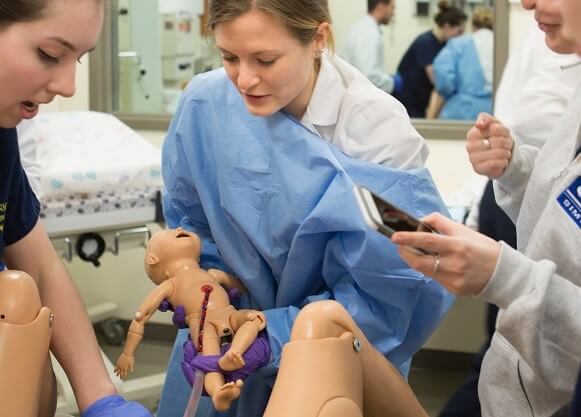
Physician assistant program named best in Connecticut, 5th best in America
March 14, 2017

March 14, 2017

The program’s vision is to create a physician assistant workforce that provides high-quality, affordable health care that is accessible to all people in all settings by fostering teamwork, critical-thinking skills, high ethical standards and respect for diverse populations.
“It is truly reflective of the dedication and passion that our faculty and staff have in educating and mentoring the high quality PAs we are sending out to meet the health care needs of the various communities where our graduates end up,” said Dennis J. Brown, clinical assistant professor of physician assistant studies at Quinnipiac.
All of the health rankings are based solely on the results of peer assessment surveys sent to deans, other administrators and/or faculty at accredited degree programs or schools in each discipline. All schools surveyed in a discipline were sent the same number of surveys. Respondents rated the academic quality of programs on a scale of 1 (marginal) to 5 (outstanding). Those schools with the highest average scores appear in the rankings.
“This is a combined accomplishment by all of our faculty, adjunct instructors, and clinical partners and preceptors,” Brown added. “We now have the challenge ahead to be better and continue to maintain such a ranking.”
The physician assistant program is focused on building high quality physician assistants with a strong scientific foundation as well as leadership, analytical and interpersonal skills through educational activities and hands-on clinical experience.
The 27-month program offers a comprehensive blend of courses that examine subjects such as medicine, surgery, pharmacology and behavioral medicine. A high percentage of program graduates is either working or in a secondary-education program six months after graduation.
Quinnipiac Today is your source for what's happening throughout #BobcatNation. Sign up for our weekly email newsletter to be among the first to know about news, events and members of our Bobcat family who are making a positive difference in our world.
Sign Up Now